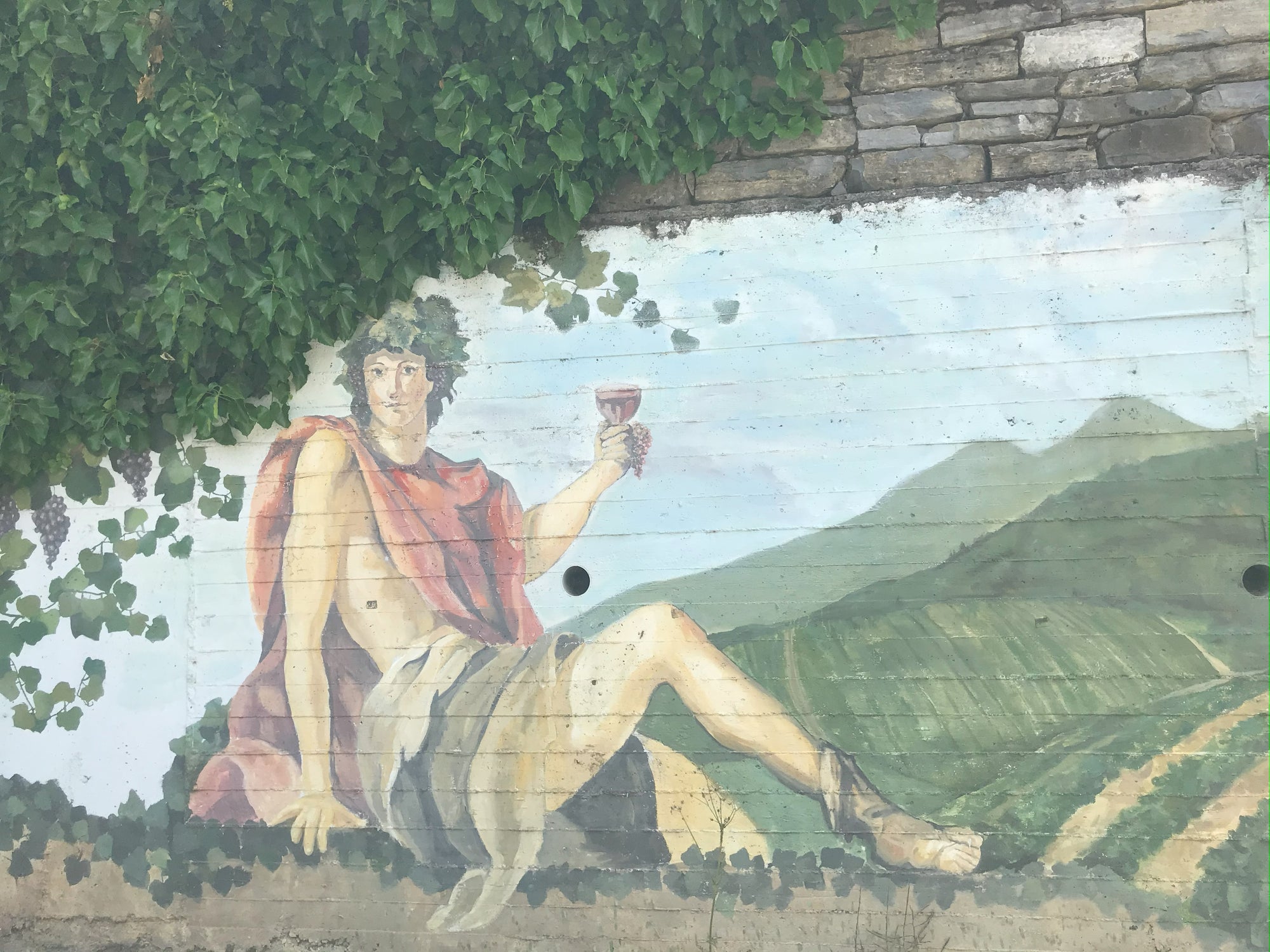I fell in love with Greek wines a long time ago. It was, as many life-changing moments often are, just a chance encounter at a London tasting organized by a sommelier (who happened to be Greek) in the crypt of a church in Paddington, in the late 1990s. One table was hosted by Steve Daniels, former head buyer for Oddbins and a long-standing advocate for Greece’s wines. I loved every wine on his table. Several of them were Greek and made it onto my wine list. Well aware that the new additions might be greeted with some scepticism, I decided to offer two of them by the glass.
The country that started it all has since struggled hard to reach its current near-trendy status. These are just a handful of significant moments in its history:

It took 500 years until the late 20th century for a recovery to begin. Two World Wars and a Civil War stalled progress. Then, when Greece finally joined the European Union (EU), access to funds for much-needed development kick-started the modern Greek wine industry.
By the 1980s, Greek winemakers were training in Bordeaux and returning to their home country to put their skills to work. Evangelos Gerovassiliou was one of the pioneers, settling in Epanomi near Thessaloniki in the northeast. Like many winemakers of the time, growing international varieties like Syrah, Cabernet, and Viognier alongside indigenous Greek grapes was seen as the way forward.
While we all now love and prize the local and indigenous as unique expressions of terroir wherever in the world we may be, 30 years ago, the Greek market itself had yet to fully appreciate its own grapes, preferring what it saw as the “prestige” of international star varieties on labels. These grapes were considered aspirational by a newly affluent generation of Greeks in the big cities.
In recent decades, there has been steady growth in Greece’s wine industry, but now based on indigenous varieties across the country, from Naoussa in the far north to Crete in the south of the Aegean. This is part of an ongoing trend around the world where the regional and local take pride of place, as we focus not on regulations about ageing in barrels, but much more on the expression of a unique combination of grape and place. On the back of this trend, we all now enjoy forgotten grapes and overlooked places in Europe and beyond. I couldn’t be happier that Greece has joined the party.
However, getting your head around unknown and tongue-twisting regions and grapes is a big ask, and probably nowhere more so than in Greece! So, as we celebrate a month of Greek Wine Joy at The Good Wine Shop, we take a look at the geography and main wine regions:

The first thing that is so striking on the map is the sheer quantity of sea, islands, and coastline. What the map doesn’t show is the extent of the mountains, strung across the northern border with Albania, but also down the spine of central and southern Greece. While we see Greece as the perfect destination for a sunny, hot, and relaxing holiday, its topography makes it ideally suited to viticulture because you’re never far from cooling influences. Sea breezes, altitude, and islands all offer much cooler growing seasons than we might assume. In many ways, it’s rather like Italy—a seemingly hot country that can produce brilliantly refreshing wines in unexpectedly cool places. You could compare Etna with Santorini, or perhaps Piemonte with Naoussa; in fact, it might make for a really interesting tasting."
Southern Greece is home to the wine regions of Mantineia and Nemea, both high, inland on the northeastern side of the Peloponnese. Two of Greece’s finest grapes grow here –Moschofilero in Mantineia and Agiorgitiko in Nemea.
Central Greece was historically home to Retsina production, based on two white grapes: Savatiano and Roditis. These days, traditional Retsina is in decline, while the production of increasingly good whites, based on old vines, is becoming the norm in Attica."
Northern Greece - Here it’s mountains that define the landscape in Naoussa and Amyndeon. Mount Vermio behind Naoussa is covered in snow in the winter. It’s a very cool climate, ideally suited to one particular grape - Xinomavro
Thessalonika and the Halkidiki Peninsula: The triple-pronged Halkidiki Peninsula is better known for olive production and great holiday resorts. But it’s also home to Greece’s first proper wine estate—Domaine Porto Carras on the Sithonia peninsula. It was set up decades ago, with the help of Professor Émile Peynaud, then head of Bordeaux University, as an enologist, and his student at the time, Evangelos Gerovasiliou. The vineyards here house the oldest plantings of Malagousia and Assyrtiko (outside Santorini) on the mainland. Limnio is the local red variety here. The current consultant agronomist at Carras is now Haroula Spinthiropoulou, whose Argatia white from her own estate we stock.
The Islands:
Crete -the largest and most significant in terms of production, it had lagged behind the pace of improvement in quality elsewhere in Greece, but is now producing very good wines from a few exceptional estates including Doulofakis and Lyrarakis. The local varieties are Vidiano and Dafne for whites and Liatiko for reds.
Santorini- the most famous, most visited and most photographed and home to whites from Assyrtiko and Athiri and reds from Mavrotragano.
Samos - off the Turkish coast, the tiny island of Samos is famous for its sweet wines in a variety of styles produced by the local co-operative.
Watch out for Part 2 of the blog when we grapple with the grapes …..and in the meantime get to grips with a glass of Greek wine this month in our shops ….



